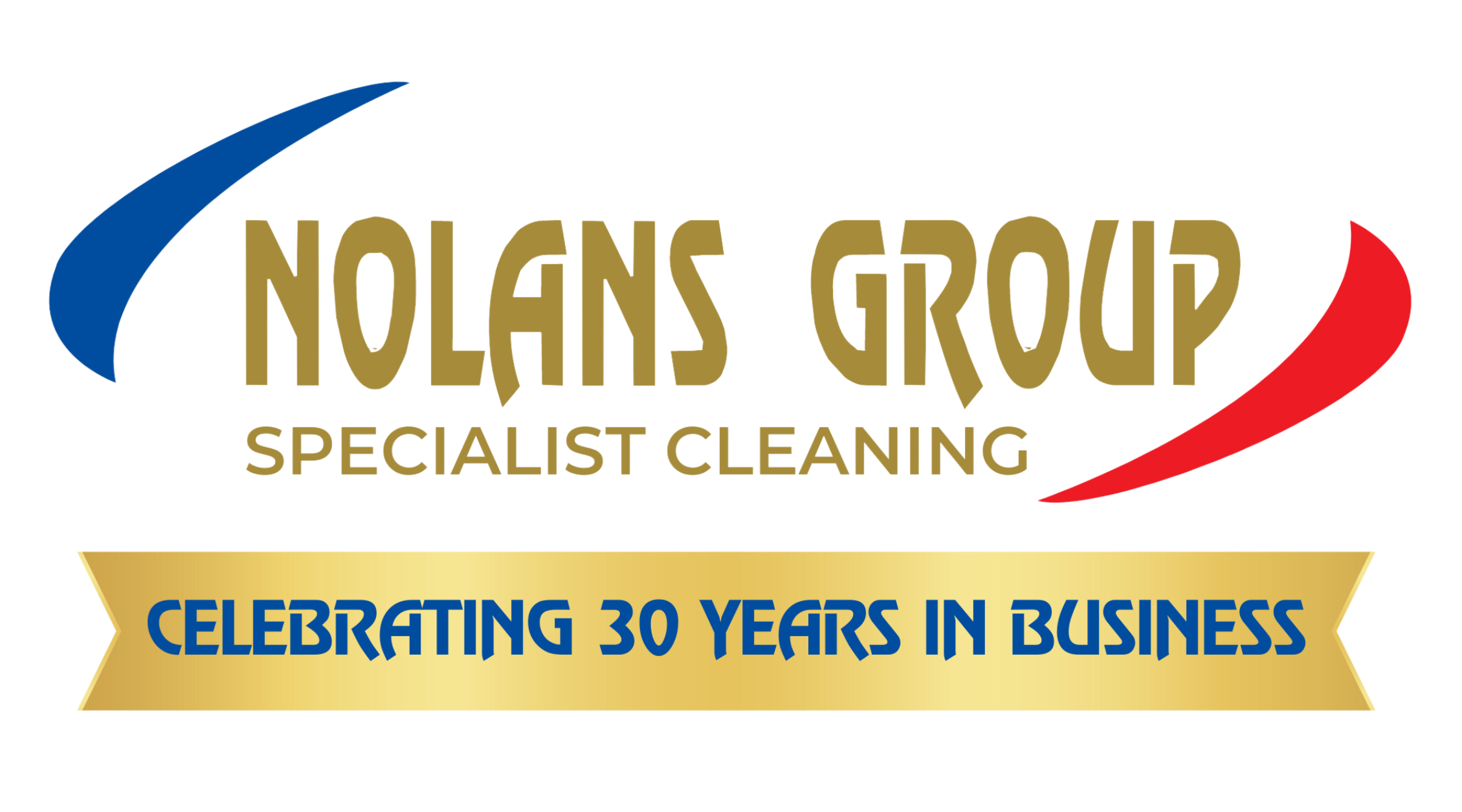Sandblasting FAQs
What is sandblasting?
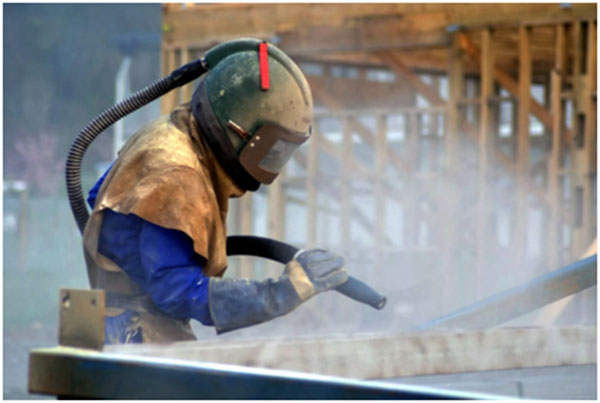
Sandblasting employs air to push an abrasive to the surface of an product. This eliminates the surface of debris, smooths it as well as engraves many more. Sandblasting is a technique that’s often referred to by various names, such as bead blasting. Before we begin we’ll set the stage and discuss the sandpaper. Let us take a moment to consider this. Sandpaper is known to be abrasive and can be utilized to rub against surfaces. This removes something, like paint, or creates a smoother surface. While it’s a bit more involved but it’s still the same principle. Let’s examine the parts of blasting.
What is the purpose of sandblasting?
Sandblasting cleans thoroughly and creates a smooth surface to paint. Spraying sand with a high speed toward the surface will remove the stubborn dirt, grime, and other debris. Sandblasting is perfect for brick cleaning, concrete stucco, stucco and many other surfaces.
Significance
Sandblasting was first used to sharpen and polish tools. Glass, metal, wood concrete, brick and concrete are a few of the substrates that can be used during this process. It removes any dirt, paint, or other substance that is used to prepare the substrate to paint.
Techniques
There are two kinds of sandblasting methods. Wet sandblasting is typically employed for outdoor jobs while dry sandblasting is usually used for interior projects or for special projects.
Considerations
Some towns and cities require a permit to sandblast. Sandblasting that is wet is preferred over dry sandblasting because it’s less intrusive. Before you start sandblasting, protect structures that do not require the process by putting up plastic sheets to shield the structures from erosion.
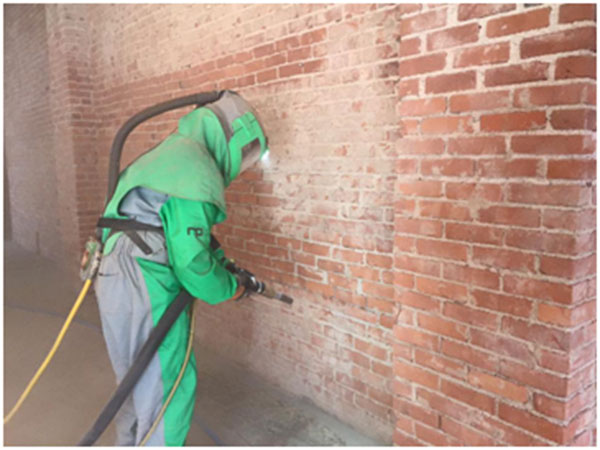
What are the precautions for sandblasting?
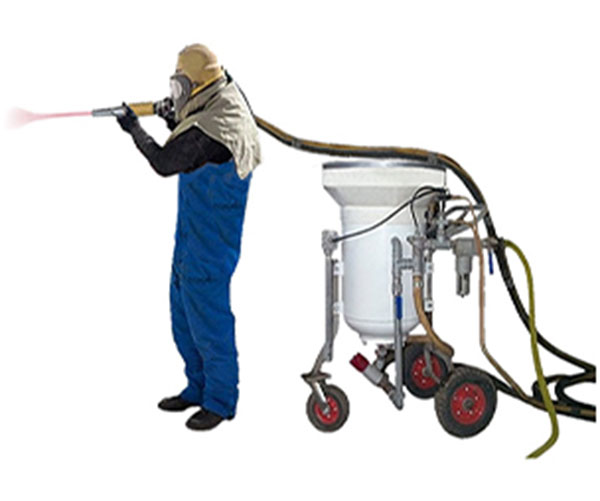
Sandblasting safety precautions need workers to wear helmets that are protective, clothes and safety footwear, gloves and earplugs. They also need protective eyewear and other equipment recommended by OSHA. Make sure that workers are equipped with the right respiratory equipment. Protecting your respiratory system is essential in sandblasting processes.
What are the advantages of sandblasting?
It’s an easy and efficient technique that is more efficient than sanding.
Sandblasting’s abrasive effect is more consistent
Sandblasting can be applied to the corners as well as the intricate geometrical areas with minimal effort
Sandblasting is an extremely effective technique that can remove concrete’s tough layer and slag from welded materials and extremely adhered paint colors (like on the inside of your car)
Sandblasting is a simple process to perform. Furthermore, the abrasive cleaning substance employed is sand, which is readily available in many areas around the globe.
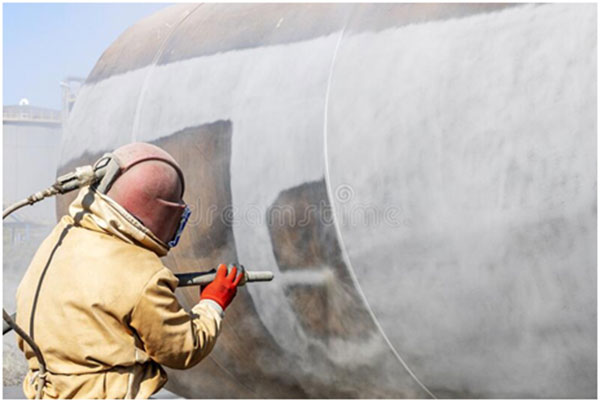
How long does it take to sandblast something?
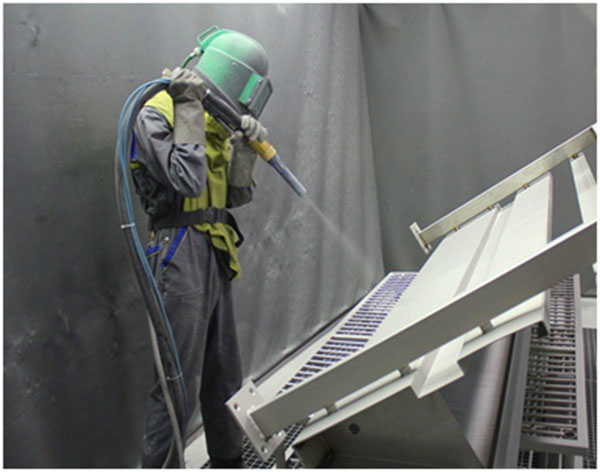
Sandblasters utilize pressurized air to shoot tiny projectiles that include walnut shells, glass beads, as well as tiny rock fragments.
The process begins with two parts that are the blast pot and the pressurized intake. A blast container is huge container that houses the media for blasting regardless of whether it’s the corn cob or glass beads metal shot, or any other materials. The media is pushed downwards through a series of valves that permit the volume of the media that enters it to be adjusted.
The media is then joined by pressurized air when it flies inside the chamber. Be aware that pressure in the air is the sole reason for this process it acts as the primary force behind shakes this media about. By adjusting it, you can alter how fast the particle travels. Sandblaster air requirements are very stringent, and as a consequence and you require an electronic remote control system to ensure accuracy and safety.
The air and the media pass via the shot blasting hose before coming out of the in to a nozzle. Then they are inside the sandblasting chamber, regardless of whether it’s a small space or a large room and typically exit from the end of nozzles on a handgun. The particles travel at high velocity and then strike the object, stripping it of any substance on the surface. Depending on the size texture and density of particles, they can leave tiny divots on the surface. These divots enable future coatings to stick to the surface of the object.
What material is used for sandblasting?
Sandblasting can be a very useful method that is used in a wide range of industries and fields. If a product has to be cleaned and deburred, preparing for powder coating, de-rusted shot-peened, or just to get its paint removal Sandblasting is the method that is best suited for the task.
These machines are used in the automotive manufacturing industry, in the rail and ship yards as well as in various industrial applications. Certain levels of expertise and safety education are needed to operate a sandblaster effectively in accordance with your purpose.
If a surface is covered with paint, grease or any other unwelcome surface, a sandblaster is able to remove all debris and restore the object back to its original state. When machining causes sharp burrs of debris on an object, sandblasters will smooth it out until it’s appropriate for use. Shot-peening is a different application that sees a metal bombarded with tiny but powerful strikeslike what a ball-peening hammer can do — to soften it. This makes the metal’s surface an elastic, plastic appearance that makes it less likely to form tiny micro-fractures.
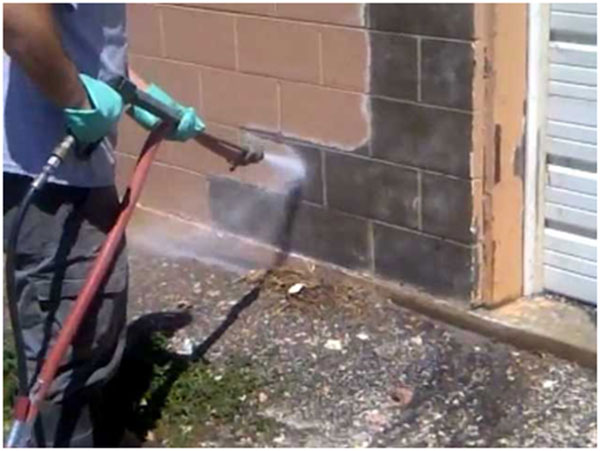
What are the additional types of Sandblasting Equipment?
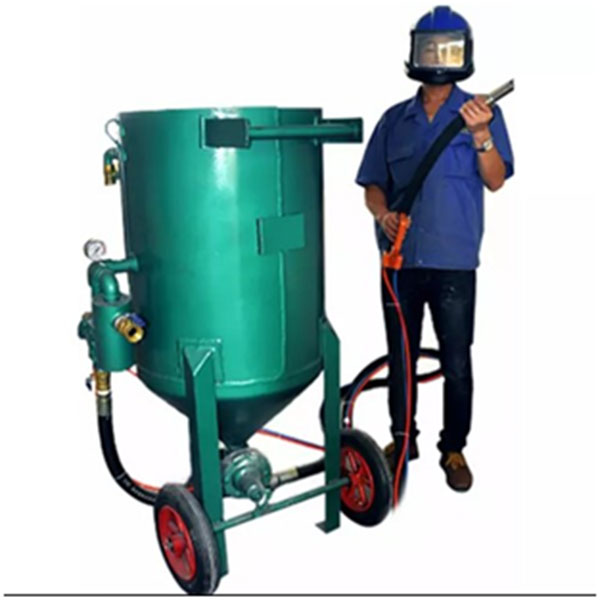
If you are looking for alternatives, there are a variety of methods you can take to Sandblasting. There’s a wide choices of the equipment you can pick from. For instance:
- Blasting rooms
- Abrasive blasting rooms
- Blast cabinets
- Dry Ice Blasters
- Peening machines
All-in-one trailers are an ideal complement to your mobile sandblasting company. They also come with an water tank (which lets you blast even if you’re not close to a source of water) as well as the air compressor as well as a blast container (pressure vessel) air drying, and cooling systems.
What Kind of Materials Are Fit for Sandblasting?
Abrasive blasting for surface preparation in Ireland can be performed with a wide range of materials. Here is a brief list of some common materials that can benefit from the sandblasting.
1. Concrete-there are a variety of concrete structures which can be sandblasted in order to achieve the desired result. For instance, occasionally commercial construction companies might want to eliminate parking lines to make room for a parking space or driveway. Sandblasting is the best technique for this.
2. Cast Iron-with time, the coating on the cast iron railing material is likely to be chipped and be removed. To stop this from occurring, surface preparation firms that are located in ireland use the sandblasting method. This is a significant step to ensure that your investment is properly secured.
3. Wood- like casting iron does, coating on wooden surfaces can also peel off over time. Sandblasting can give wooden surfaces an appropriate finish, making them more durable.
4. Bricks- Sandblasting your bricks can make a huge difference in protecting them so that they’ll look as great as new for a long period of time.
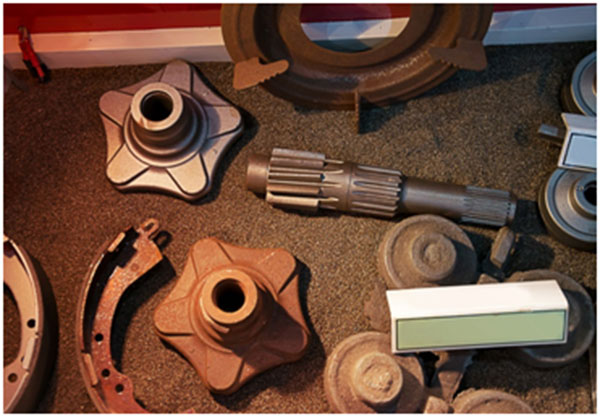
Where Can You Use Sandblasting?
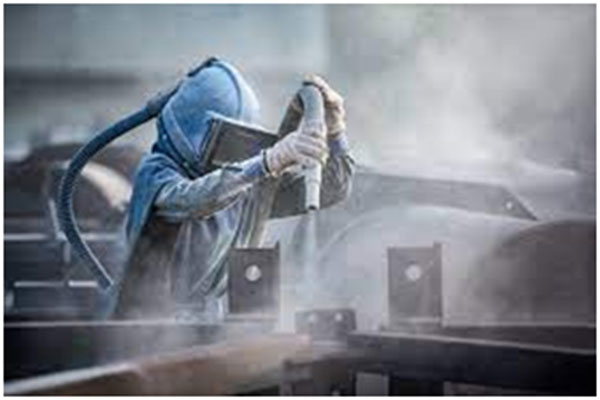
Before the process can begin the type of abrasive utilized is identified. As previously mentioned there are a variety of media or abrasives that are used in sandblasting. For the highest effectiveness, concrete, sand and steel are often used.
Furthermore the sandblasting cabinet also is secured to make sure that it doesn’t disperse everywhere or harm the area around it.
Although you can see people performing the task on their own however, it is highly recommended to hire a professional sandblasting to minimize the dangers. After everything is in place then the process can begin. A compressor is used by the worker to facilitate this cleaning procedure.
For Sandblasting services in Dublin call on 353 1 401 8500
